14 December 2024
Have you ever stopped mid-game and thought, “Wow, this world feels alive”? Open world games have come a long way. Remember the days when games were just about following a straight path and completing objectives one by one? Fast forward to today, and we’re wandering through sprawling cities, vast deserts, and dense jungles, all with the freedom to forge our own stories. That shift—from linear experiences to expansive, open-world design—has completely reshaped how we play and connect with games. Let’s dig into how that transformation came to be and what makes open-world games so captivating.
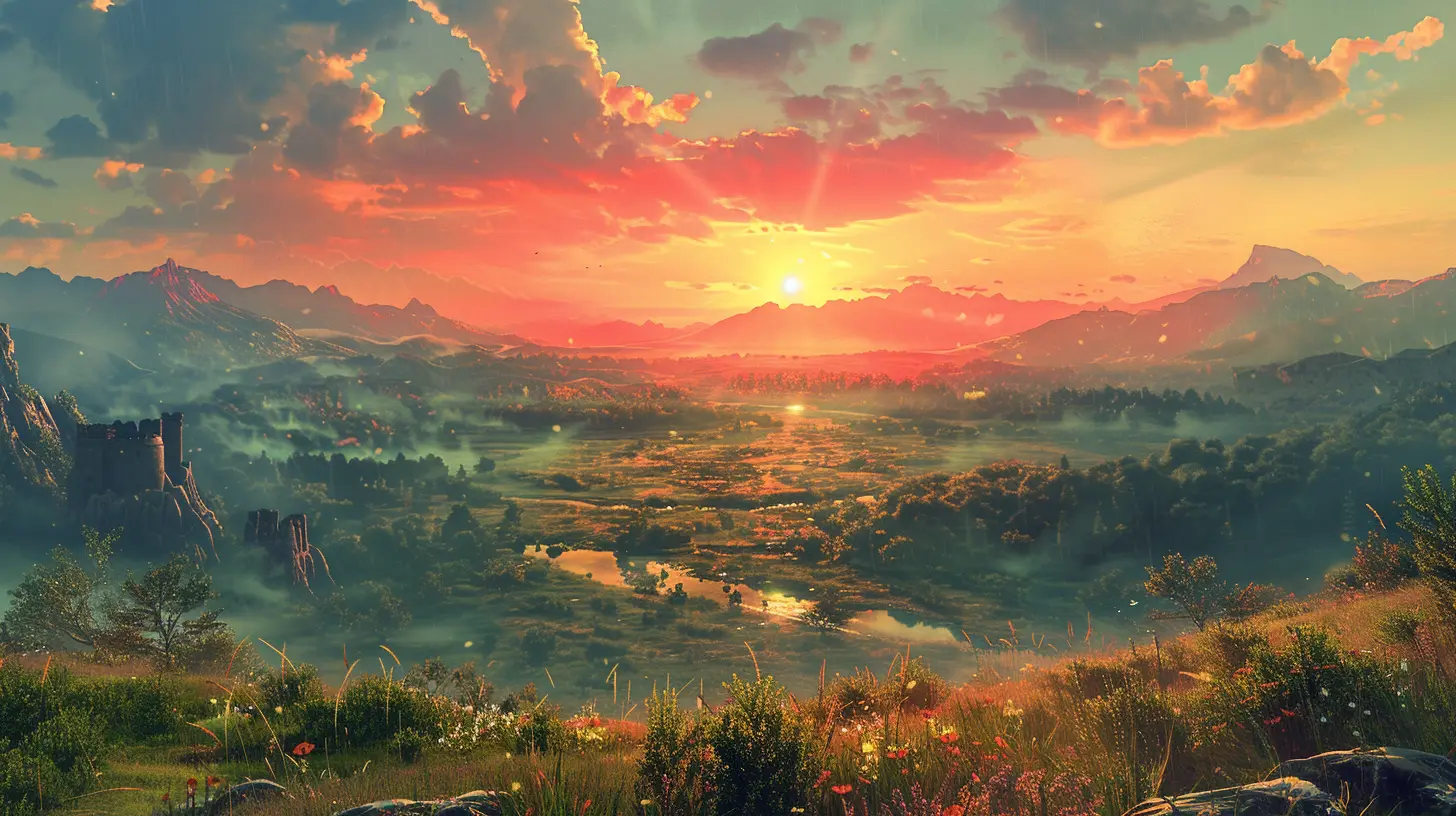
The Birth of Linear Gaming: Simple Yet Effective
Before we had open-world games, linear design ruled the gaming landscape. Think back to the 80s and 90s. Titles like Super Mario Bros. or Sonic the Hedgehog were built on levels that guided players from Point A to Point B. And we loved it! The structure was simple and predictable. You knew where you were headed, and the thrill came from mastering the challenges along the way.But there was a limit, wasn’t there? Once you beat the game, that was pretty much it. Sure, you could replay it, but the experience didn’t change. Linear games offered finely tuned narratives and gameplay, but the world felt static. It was like being on a roller coaster—you could enjoy the ride, but you were strapped in and had no control over where it went.
Why Linear Design Dominated Early On
The reasons behind linear design’s dominance were actually quite practical. Back in the day, hardware and software just couldn’t handle massive, dynamic game worlds. Developers had to make every pixel count. Plus, creating a handcrafted experience was easier when you could guide players down a specific path. Flexibility wasn’t even an option.But as tech improved, so did our appetite for gaming. We started wanting more—more freedom, more depth, and more stories to tell. That’s when the seeds of open-world design were planted.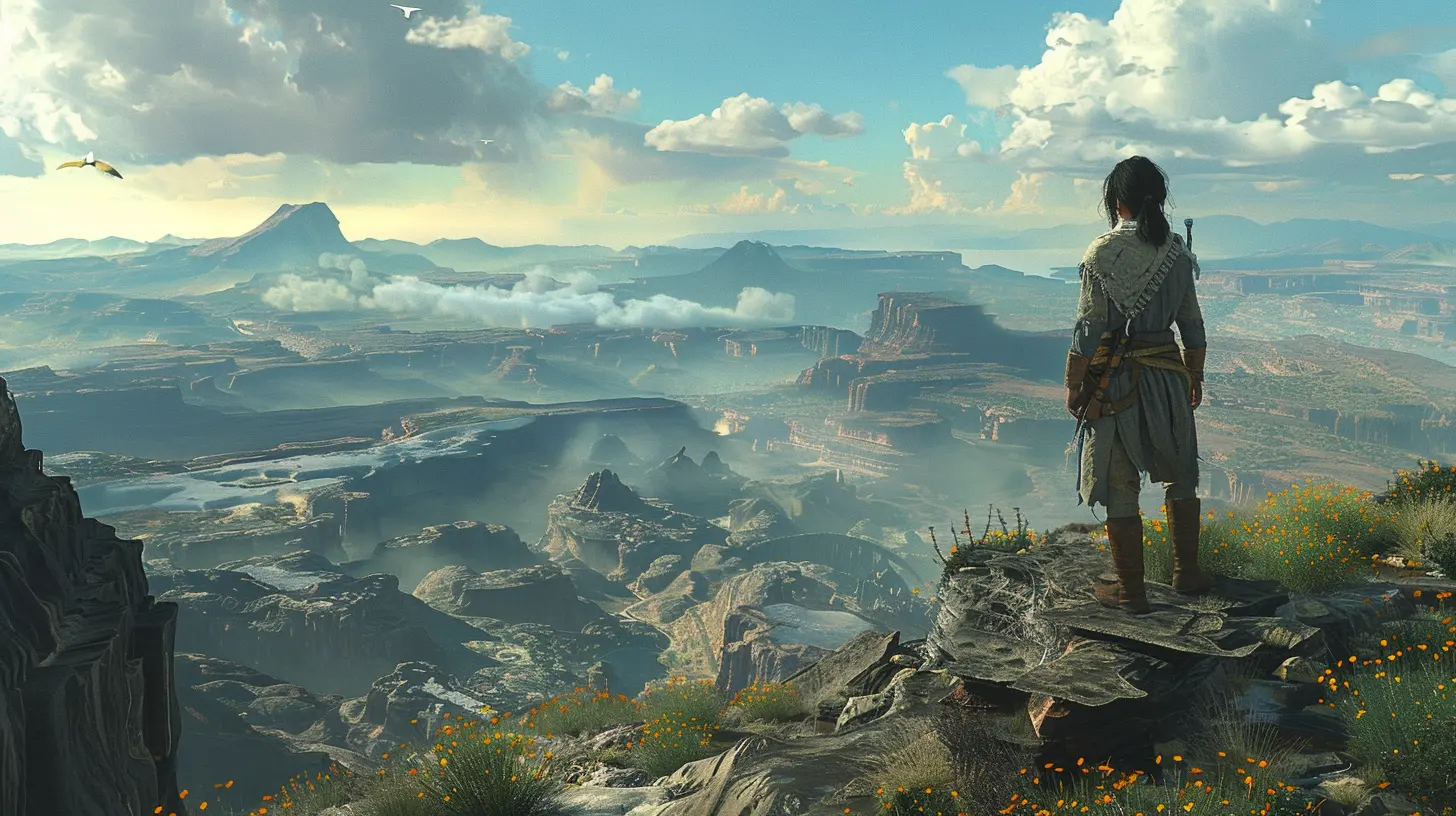
The Rise of Open Worlds: Breaking Free From Constraints
When open-world games first showed up, they were a revelation. Suddenly, players weren’t just following a script—they were the scriptwriters. Titles like The Legend of Zelda (1986) gave players a taste of freedom, allowing them to explore vast maps and tackle challenges in their own way. But let’s be real, these early open-world games were more about the concept than execution. They lacked the depth and polish we’ve come to expect today.Then came the 2000s, and Grand Theft Auto III (GTA III) changed the game—literally. With its massive, bustling city and endless possibilities for chaos, Rockstar Games proved that open worlds could be more than just blank canvases. They could be living, breathing environments where players felt like they were part of something bigger.
Why Players Fell in Love With Open Worlds
What’s the appeal of open-world games? Simple—they let you choose. You can be a hero, a villain, a wanderer, or just someone who spends hours fishing by a virtual lake. Games like The Elder Scrolls V: Skyrim and The Witcher 3: Wild Hunt take this to the next level. They’re not just about doing quests; they’re about discovering hidden caves, stumbling on random NPCs with heartfelt stories, and even taking an in-game day off to pick flowers. It’s the ultimate sandbox.Remember how linear games felt like a roller coaster? Open-world games are like dropping you in the middle of a huge theme park and saying, “Go have fun. Take whatever ride you want.” And players love it.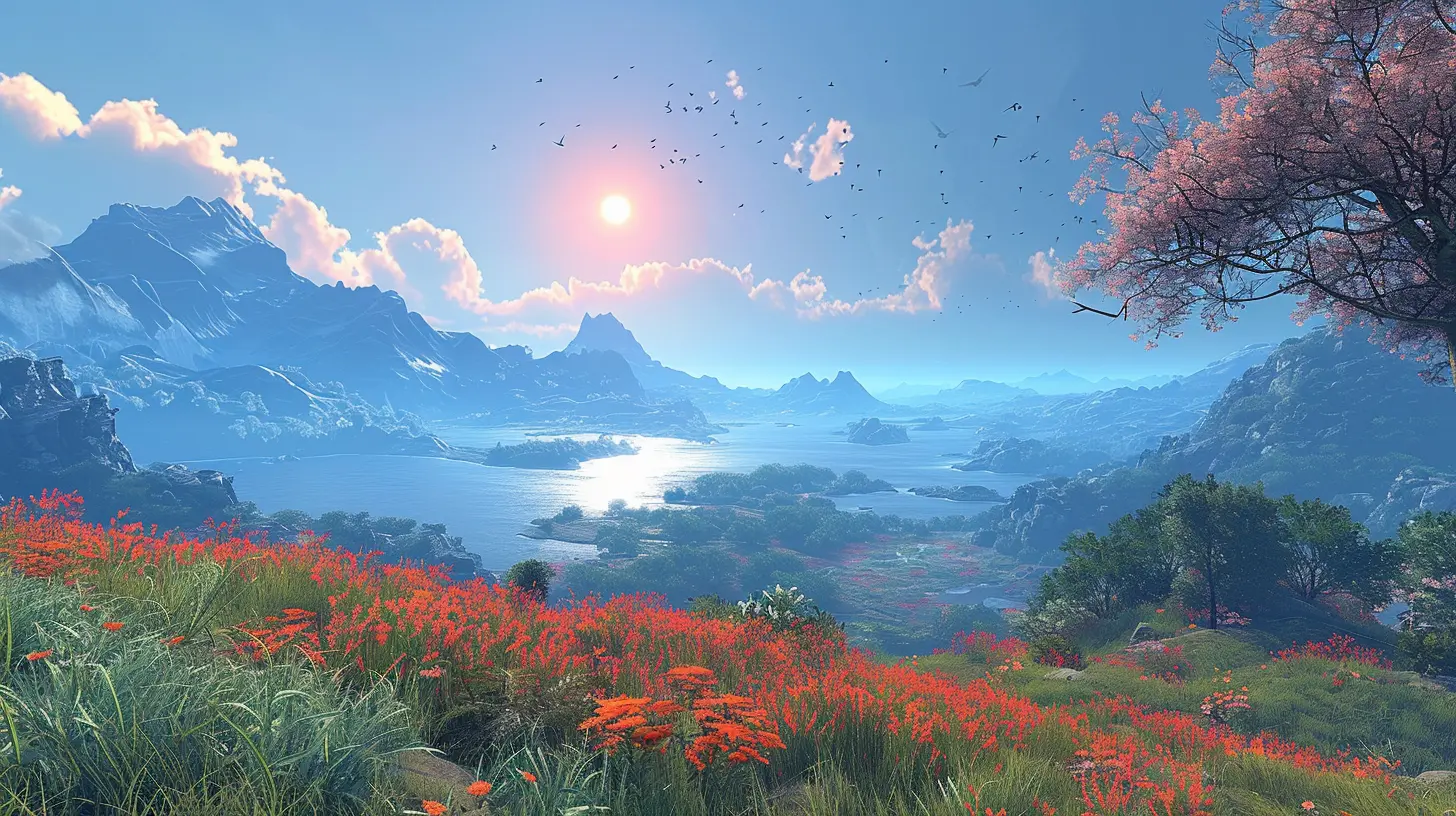
The Tech Behind the Transformation
Let’s get nerdy for a second—because the evolution of open-world games couldn’t have happened without leaps in technology. Modern titles require insane amounts of processing power to handle big, seamless worlds. Things like improved AI, realistic physics engines, and cloud-based gaming have made it possible to create environments that feel alive.Take a game like Red Dead Redemption 2. The way animals roam, weather changes, and NPCs react to your actions—it’s all thanks to these advances. Without that tech, we’d still be stuck in labyrinths and corridors.
And let’s not forget about procedural generation. Games like Minecraft and No Man’s Sky offer practically infinite worlds by using algorithms to build them on the fly. These games don’t just have open worlds—they have limitless worlds.
The Balancing Act: Freedom vs. Purpose
Here’s the thing about open-world games, though: not all of them get it right. Sometimes, “more” doesn’t equal “better.” A massive map can feel empty if it’s not filled with meaningful content. Ever played a game where the world was huge, but all you ended up doing was running from one bland fetch quest to the next? Yeah, that’s the trap of padding.Great open-world games strike a balance. They give you the freedom to roam but also provide a sense of purpose. That’s why games like Breath of the Wild are so beloved. Sure, you can just climb mountains and glide around for hours, but there’s always something compelling to uncover.
The Role of Storytelling in Open-World Design
One of the biggest challenges with open-world games is weaving a strong narrative. When players can go anywhere and do anything, how do you make sure they stay engaged with the story? The answer is clever storytelling.Take The Witcher 3: Wild Hunt, for example. Its main story is epic enough to hold your attention, but the real magic lies in its side quests. These aren’t just filler—they’re deeply personal tales that feel just as important as the central plot. You might start out hunting down a missing child and end up uncovering a tragic backstory that stays with you long after you’ve turned off the console.
The Future of Open World Games: Where Do We Go From Here?
So, what’s next? Are we reaching the limits of what open-world games can do? Not even close. Developers are constantly finding new ways to push boundaries. AI-driven storytelling, for example, could create worlds that adapt to your choices in real-time. Imagine a game that changes every time you play, responding to your actions in ways that feel organic and unpredictable.Virtual reality (VR) is another game-changer (pun intended). Games like No Man’s Sky VR and Half-Life: Alyx are already giving us glimpses of immersive open worlds that feel like stepping into another dimension. As tech improves, these experiences are only going to get more mind-blowing.
And let’s talk about multiplayer. While many open-world games focus on solo adventures, titles like GTA Online and Sea of Thieves prove that adding friends (or frenemies) into the mix can make open worlds even richer.
Why Open World Games Matter
At the end of the day, open-world games are about one thing: freedom. They give players the power to make choices, tell their own stories, and experience a sense of wonder. And in a world that often feels restrictive, isn’t that the kind of escape we all need?So next time you’re wandering through a sprawling digital landscape, take a moment to appreciate how far we’ve come. From linear paths to infinite possibilities, the evolution of open-world game design is a testament to the creativity and ambition of developers—and the insatiable curiosity of players like us.





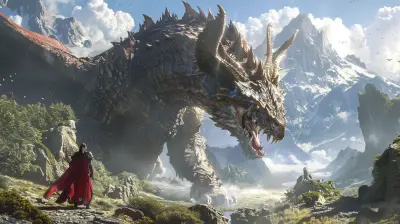

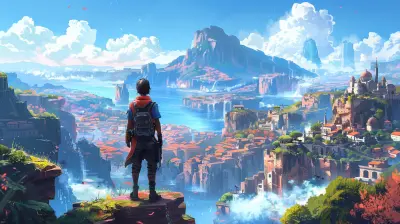
Dulce McLaury
What a fantastic exploration of open world game design! Your insights into the evolution from linear storytelling to expansive environments truly capture the essence of gaming's growth. Excited to see how future titles build on this rich foundation!
January 28, 2025 at 4:59 PM